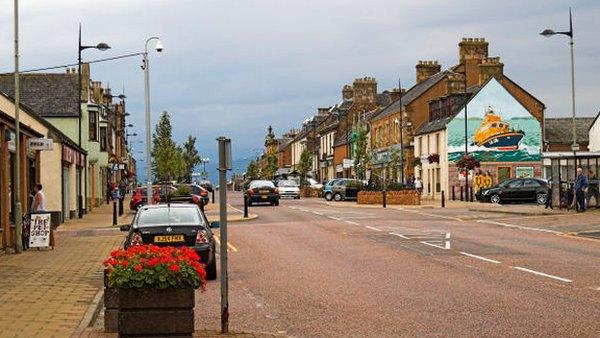Marble bust bought for £5 could earn Easter Ross town millions
- Published

The marble bust of Highland laird Sir John Gordon was made by a French artist almost 300 years ago
A sculpture bought for £5 by a town council and later found propping open a shed door could be sold for almost £3m.
The marble bust of Highland landowner Sir John Gordon was made by French artist Edmé Bouchardon in 1728.
Invergordon Town Council bought the artwork in 1930, but it later disappeared before it was discovered on an industrial estate in 1998.
It is now in the care of Highland Council, but any sale would benefit Invergordon Common Good Fund.
The fund provides grant assistance to projects in the Easter Ross town and surrounding area.
Highland Council said it has been approached by an overseas private buyer, via auction company Sotheby's, about purchasing the bust for more than £2.5m.
Last year, the council was given an estimated value of £1.4m.
A meeting of the local authority's Easter Ross committee next Monday is to discuss the bid, along with other options for its sale.
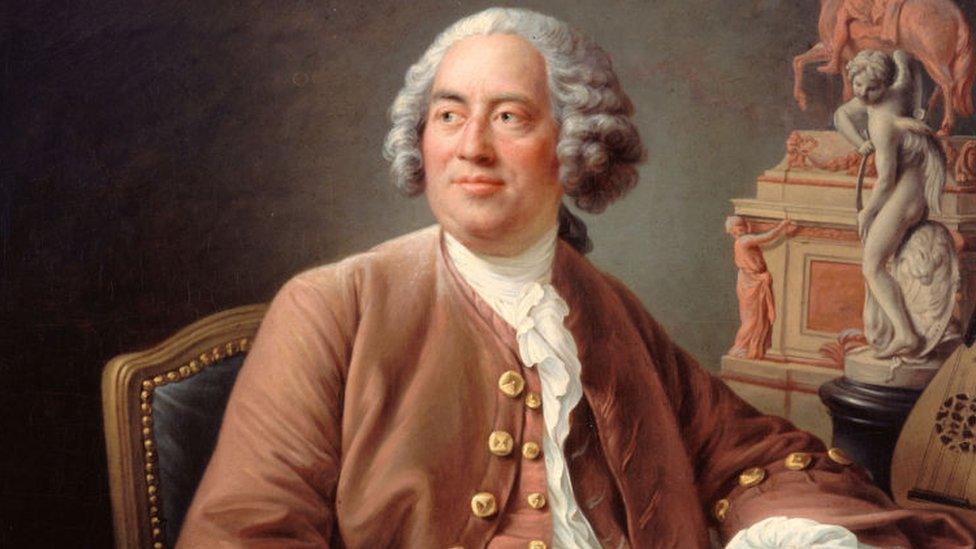
Edmé Bouchardon made the sculpture in 1728
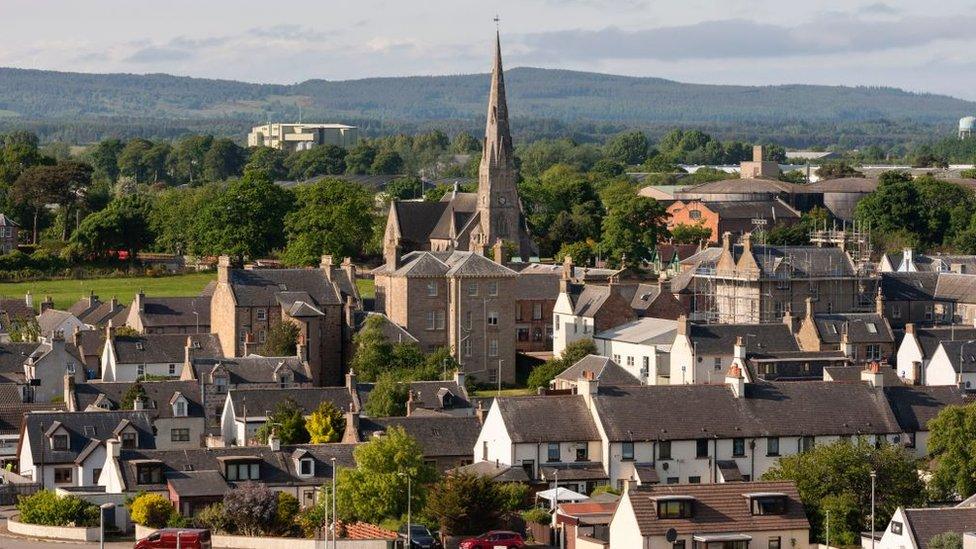
Invergordon's former town council bought the sculpture for £5 more than 90 years ago
In a report to the committee, officials said it was for councillors to consider all available information in making their decision whether or not the bust should be sold.
The report said: "This will include seeking views from the Invergordon community.
"A number of points need careful consideration in reaching any decision and, if required, the experts at Sotheby's are prepared to meet members to discuss, advise and answer any questions."
Sir John was an MP whose family owned land in Easter Ross and also gave their name to the town of Invergordon on the Cromarty Firth.
Bouchardon created sculptures for the gardens of the Palace of Versailles, the former home of French royalty, and also made the Fontaine des Quatre-Saisons in rue de Grenelle, Paris.
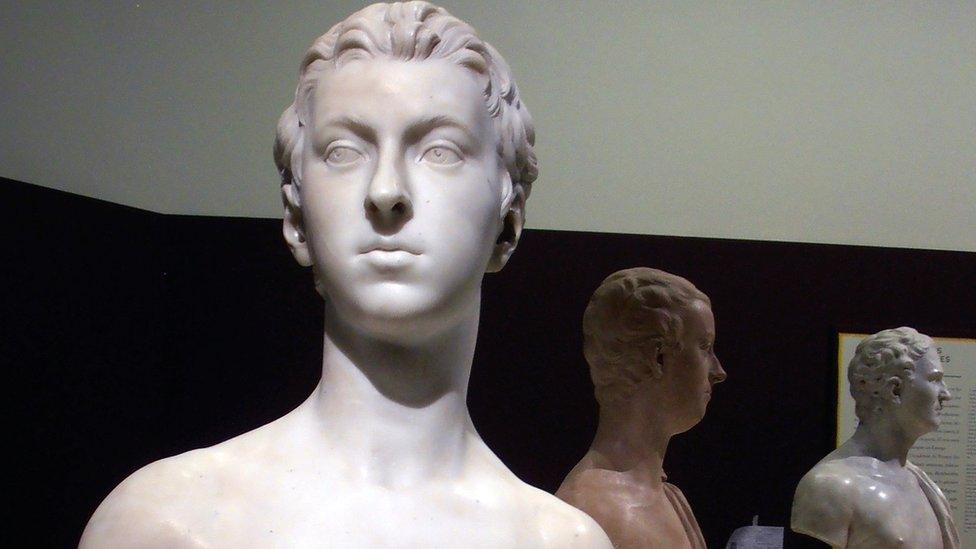
Highland councillors are due to discuss the potential sale of the bust
About 200 years after he made his sculpture of Sir John, it was bought by Invergordon Town Council for £5.
It was then thought to have been mislaid and lost during local government reorganisation before it was rediscovered being used as a door stop for a shed in an industrial estate in Balintore, near Invergordon, in 1998.
Art historian Dr Bendor Grosvenor told BBC Radio Scotland it would be sad if the artwork ended up overseas.
He said: "Here is this work of art that has fallen into the lap of Highland Council for no money at all and it seems all they want to do is sell it for a lot of money to someone outside Scotland, when really there is no reason they can't lend it to Inverness Museum or National Galleries of Scotland or National Museum of Scotland."
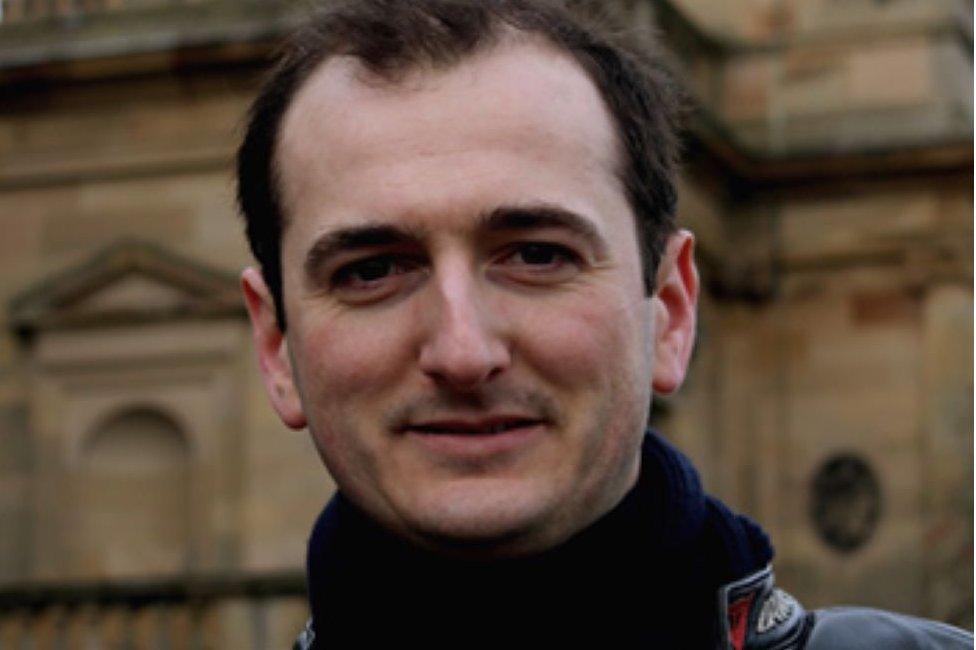
Dr Bendor Grosvenor said it would a shame if the artwork went overseas
About nine years ago, a row broke out after Highland Council suggested it might sell the bust, with the money going into the local authority's funds.
Rob Gibson, SNP MSP for the local area at the time, argued against the council going ahead with the sale because he believed the artwork was bequeathed to the community of Invergordon in the 1920s.
Documents backing the community claim to the bust were thought to have been destroyed some time in the past 40 years.
In 2016, the bust was exhibited at the Louvre in Paris and the J Paul Getty Museum in Los Angeles.
The sculpture is currently in Highland Council storage.
- Published30 August 2022

- Published26 September 2016
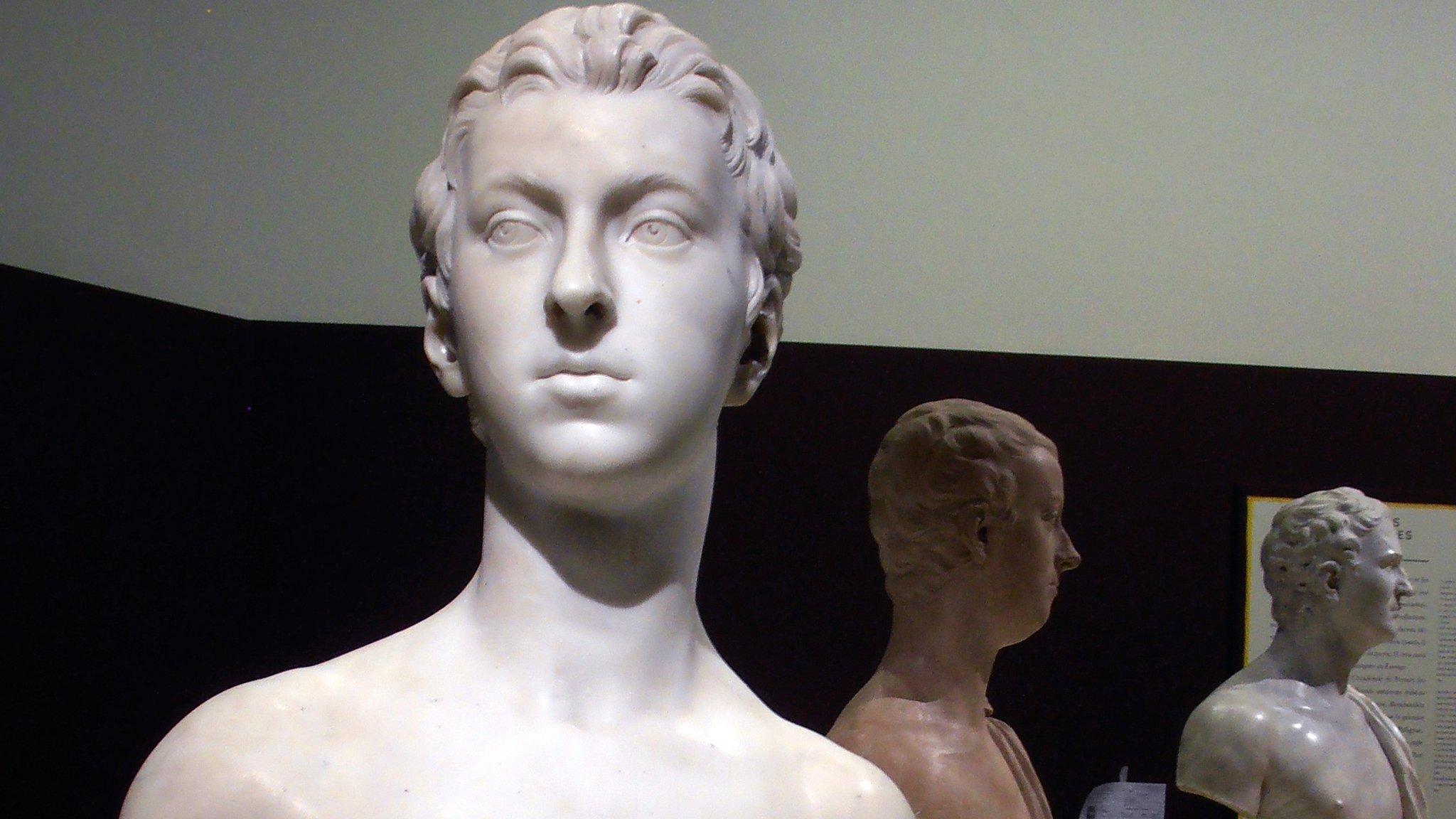
- Published20 November 2014
